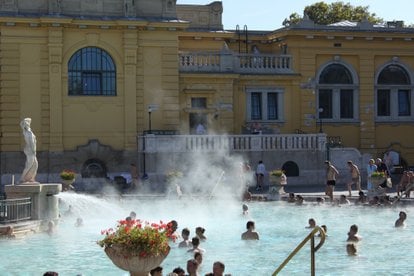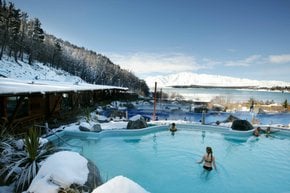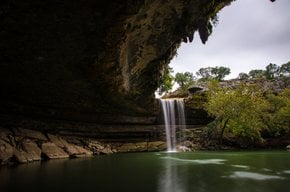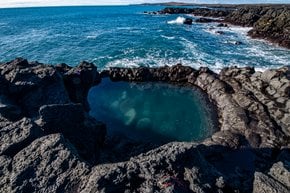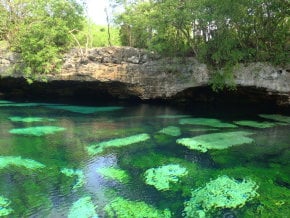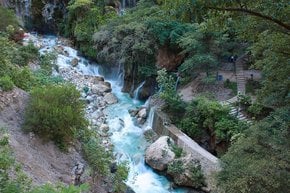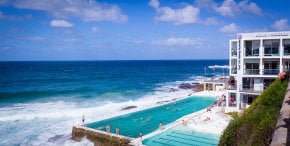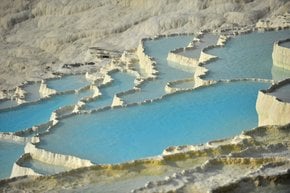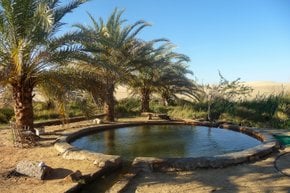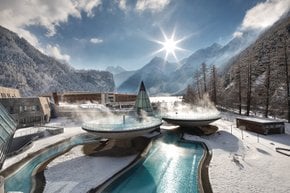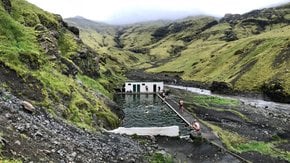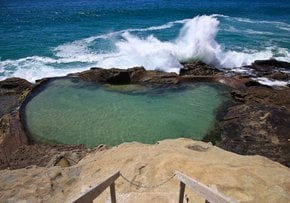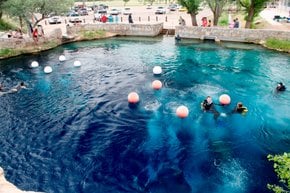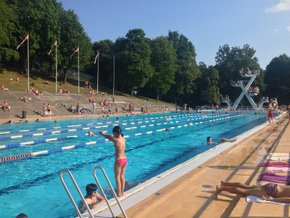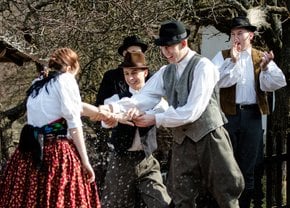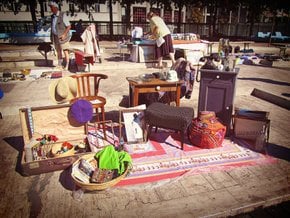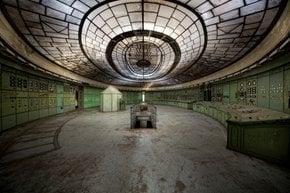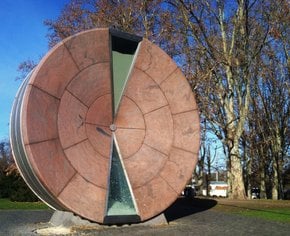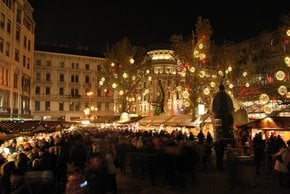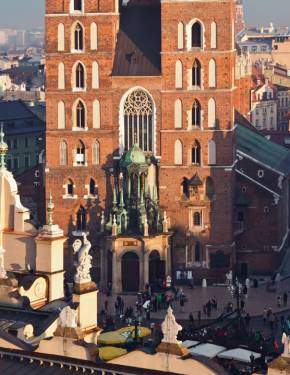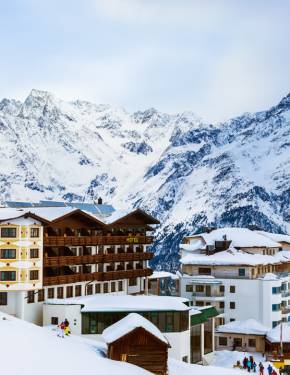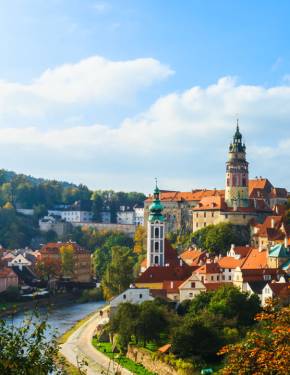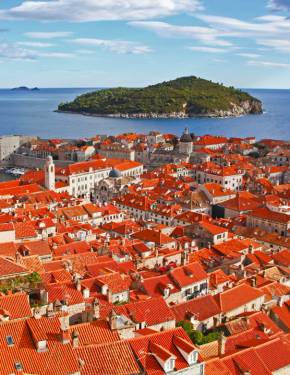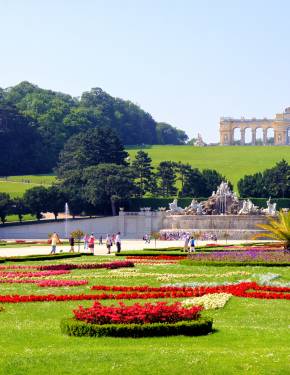Széchenyi Thermal Bath—Winter Warm-up in Hungary 2025-2026
Chilly winter days are perfect for a swim in an outdoor bath in Budapest
Best time: November–March
Széchenyi Thermal Bath in Budapest is not just one of the largest spa complexes in Europe, but also a historic landmark, renowned for its extensive facilities and stunning neo-Baroque architecture. With a history that dates back over a century, the bath offers visitors a chance to immerse themselves in Hungarian spa culture, especially during the winter months when the warm, mineral-rich waters provide a stark and inviting contrast to the cold weather outside.
Széchenyi Thermal Bath Complex
What distinguishes Széchenyi Thermal Bath from other thermal baths in Budapest is its vast size and variety of facilities. The complex boasts 15 indoor pools and three grand outdoor pools, each offering a different experience in terms of temperature, mineral composition, and size. In addition to the pools, Széchenyi features numerous saunas, steam rooms, and even a rooftop spa greenhouse, making it a comprehensive wellness destination. One of the highlights of a visit to Széchenyi is the chance to witness locals playing chess on floating boards in the outdoor pools. This activity has become synonymous with the bath's winter ambiance.
Best Time to Visit
While Széchenyi Thermal Bath is open year-round, winter is often regarded as the best time to visit. The contrast between the freezing air and the steaming hot waters creates a unique experience that many visitors find unforgettable. Early mornings are particularly recommended, as the bath is less crowded, allowing for a more serene experience. This is also the time when you are most likely to encounter locals, adding an authentic touch to your visit.
Operating Hours and Tickets
Széchenyi Thermal Bath operates from 7 am to 8 pm on weekdays and from 8 am to 8 pm on weekends. Visitors can choose from various ticket options, including daily tickets with a locker or a private changing room. Prices start at approximately €29 for a basic ticket and can go up to €88 for special packages like the "Dayspalm – Chill & Cocktail" experience, which includes access to exclusive areas and amenities. For those looking to avoid long queues, fast-track tickets are available for purchase online, offering guaranteed immediate entry.
Location and Surrounding Attractions
Located in Budapest's City Park (Városliget), Széchenyi Thermal Bath is easily accessible by public transportation. The nearest metro station, Széchenyi Fürdő, is just a short walk from the bath complex. The surrounding area is rich with other attractions, including the Fisherman’s Bastion, the Budapest Zoo, Vajdahunyad Castle, and Heroes' Square, making it convenient for visitors to combine a trip to the bath with other sightseeing activities.
Historical Background
Széchenyi Thermal Bath was completed in 1913 and has since become a symbol of Budapest’s rich spa culture. The bath was designed by Hungarian architect Győző Czigler in a grand neo-Baroque style, reflecting the elegance and grandeur of the early 20th century. The complex was built specifically to harness Budapest’s abundant thermal springs, a tradition that dates back to Roman times. Over the years, Széchenyi has evolved, incorporating modern amenities while maintaining its historical charm. Today, it is not only a place for relaxation but also a venue for unique events like the famous "Sparty" nights, where the bath transforms into a vibrant party scene with music and lights, attracting a younger crowd.

